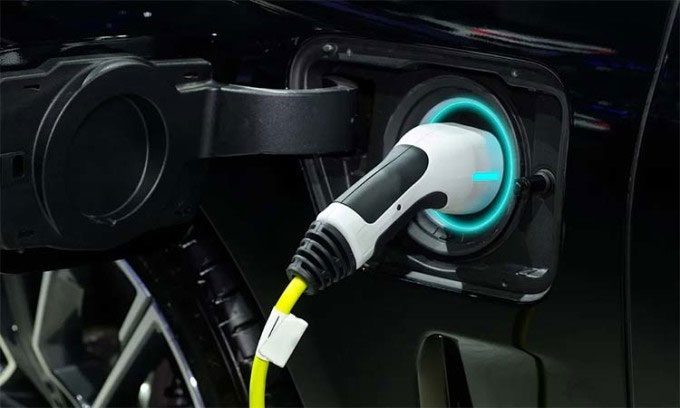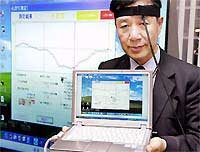Temperature control technology developed for NASA’s space missions has the potential to significantly reduce electric vehicle charging times.
According to a report by Interesting Engineering on October 10, a NASA experimental technology designed for cooling equipment in space could greatly reduce the charging time for electric vehicles. The new technology enhances heat transfer from charging cables and can significantly increase the amount of electricity that current chargers provide to electric vehicles. This could drastically shorten charging times, even allowing for a full charge from 0% to 100% in just 5 minutes or less, according to NASA.

Close-up of an industrial electric charging plug. (Photo: Chiradech/iStock)
NASA stated that a current of approximately 1,400 amperes would be sufficient to charge an average car within 5 minutes. The agency explained that advanced chargers provide a current of 520 amperes, while standard chargers typically offer currents below 150 amperes. If the current exceeds 520 amperes, the problem arises where the charger begins to generate significantly more heat, potentially posing a danger to users.
However, NASA has tested a technology that can safely cool high-current carrying cables. A team of experts from Purdue University developed the Flow Boiling and Condensation Experiment (FBCE) with funding from NASA. Specifically, they conducted experiments on heat transfer and fluid flow in a microgravity environment aboard the International Space Station (ISS).
Essentially, they used liquid-cooled cables on the ISS to test the new method. The liquid, when directed to the hot cables, remains in a sub-cooled state, meaning it is below boiling temperature. Using FBCE technology, the Purdue research team achieved a current of 2,400 amperes on a single cable.
This figure is significantly higher than the 1,400 amperes required to charge a car in 5 minutes. Nevertheless, this experiment has only taken place in a controlled laboratory environment, unlike tests on vehicles under real-world conditions.
In the future, according to NASA, this new technology has the potential to deliver a current 4.6 times greater than the fastest electric vehicle chargers currently available on the market by dissipating up to 24.22 kilowatts of heat, thereby addressing one of the main issues associated with electric vehicles: long charging times.




















































